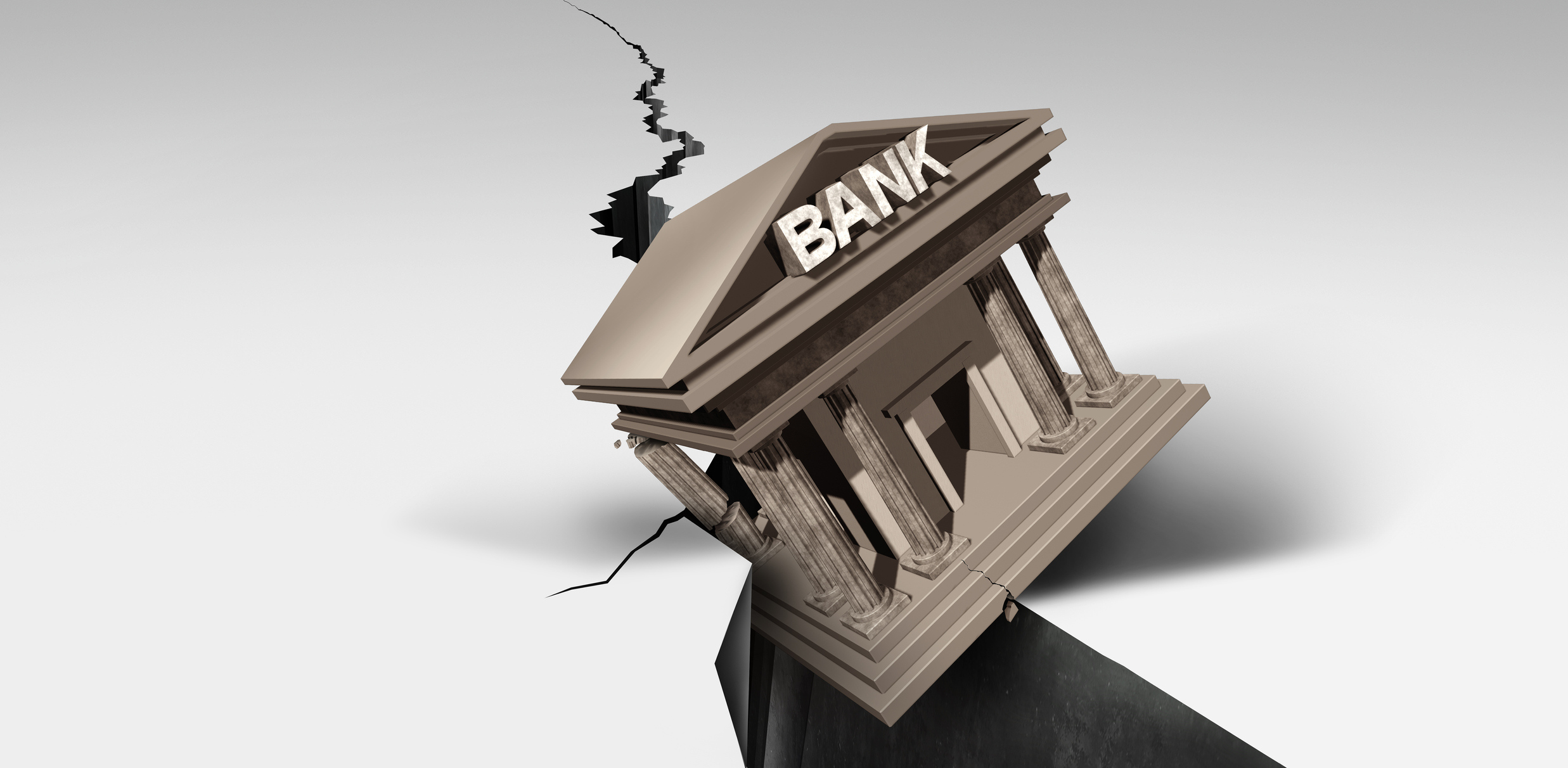There is a banking crisis. Again. Banking regulators were asleep at the switch. Again.
The present crisis is not a replay of 2007-08, which was centered around housing. In that crisis, lenders took on too much credit risk. Additionally, financial institutions relied on exotic financial products to protects, such as derivatives, to protect against risk. The products failed to do so. Lawmakers and regulators reacted by placing new constraints on credit risk.
Thomas Hoenig, former President of the Federal Reserve Bank of Kansas City and former Vice-Chairman of the FDIC, argues that “Another Banking Crisis was Predictable.” In response to the last banking crisis, the Fed’s risk models were focused on credit risk, while Silicon Valley Bank’s portfolio was heavily exposed to interest-rate (“duration”) risk. Once the Fed began hiking interest rates, the value of SVBs assets began falling.
An old-fashioned bank run forced the bank to sell assets at losses, and it became insolvent. Depositors justifiably worry that other regional banks are similarly exposed. Hence, there is contagion.
Why didn’t the Fed fulfill its role of lender-of-last-resort, and lend to SVB on good collateral? As reported in the Wall Street Journal, withdrawal demands by depositors exceeded the amount of unpledged assets at SVB.
Regulators, like Generals, fight the last war. Duration risk is as dangerous as credit risk. Regulators’ risk models failed to sound an alarm. During the Texas Banking Crisis of the 1980s, an aphorism emerged among regulators. The banking crisis would end when the number of banks shrank to the number of bankers. Weak management played a role in the current crisis. The way forward for bank regulators is to focus on the basics of sound banking. These include attention to all risks, and strong management.




